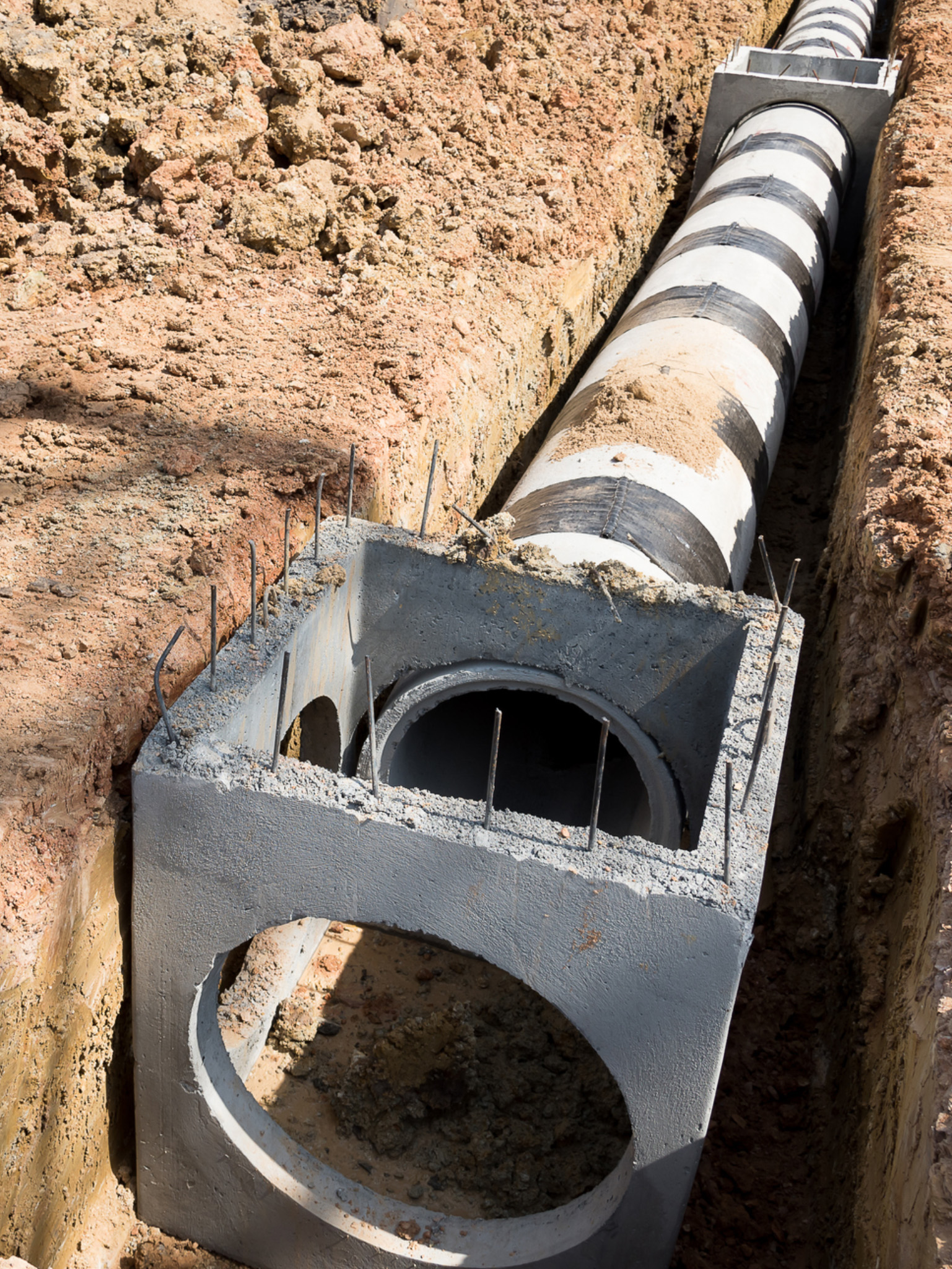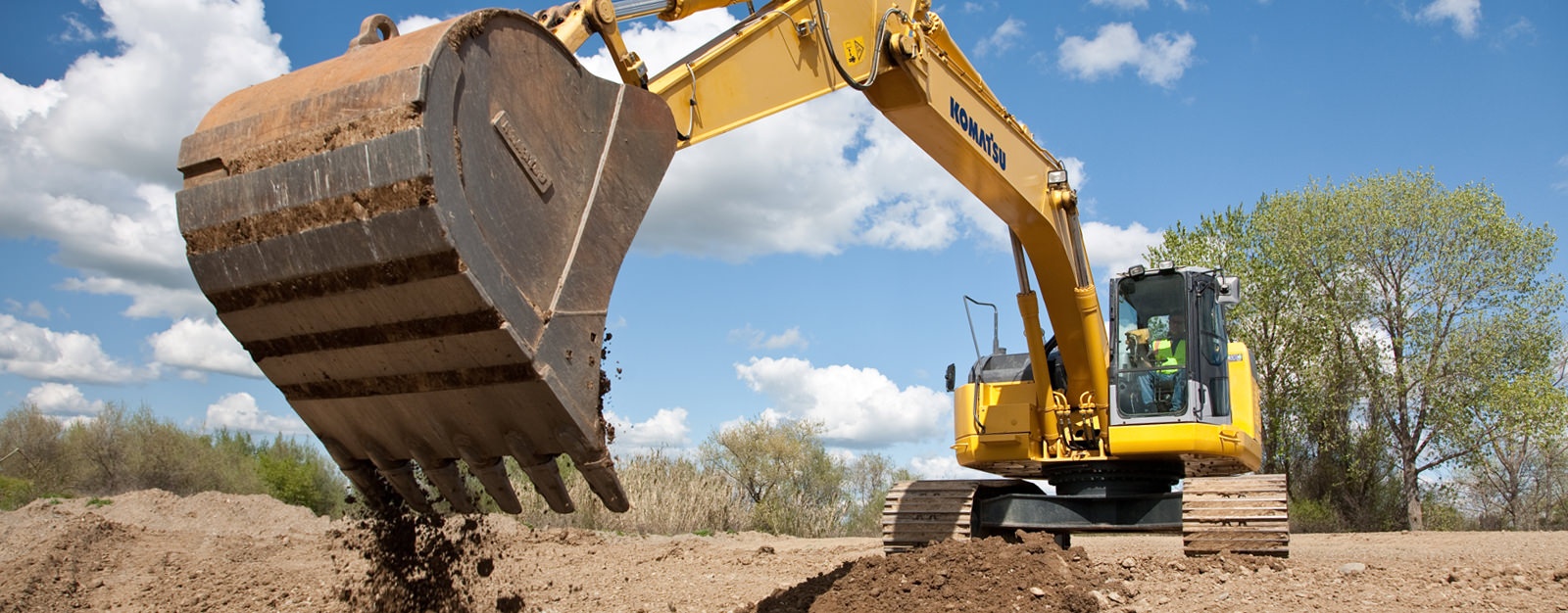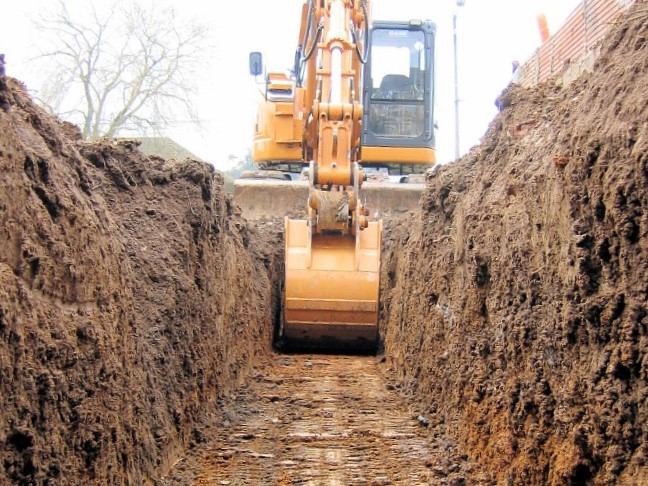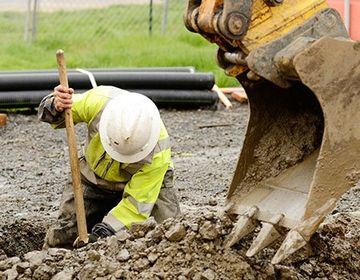Residential Excavating Ohio - Specialized Excavation for Ohio Residences
Residential Excavating Ohio - Specialized Excavation for Ohio Residences
Blog Article
Thorough Expedition: The Science Behind Superior Excavation Practices
From ancient hand devices to contemporary hydraulic excavators, the advancement of excavation techniques has been a testament to human ingenuity and technological innovations. What absolutely sets remarkable excavation practices apart is a deep understanding of geological principles, paired with the use of sophisticated devices and techniques.
Development of Excavation Methods
Throughout history, the advancement of excavation strategies has played a vital function in advancing building practices and historical explorations. From the fundamental tools utilized by our forefathers to the sophisticated machinery employed in modern-day times, the development of excavation methods has actually considerably transformed how we approach various projects.
In ancient times, manual work with standard devices such as shovels, pickaxes, and wheelbarrows was the key technique of excavation. This labor-intensive procedure limited the depth and extent of excavations, frequently leading to slow progression and restricted accessibility to certain sites. However, as people advanced, so did the tools and techniques used for excavation.
The Industrial Revolution noted a transforming point in excavation practices with the intro of steam-powered equipment. In modern times, modern technology plays an essential role in excavation, with improvements like GPS systems, drones, and 3D scanning enhancing precision and efficiency in the field.
Function of Modern Technology in Excavation

The integration of cutting-edge modern technology has basically transformed the area of excavation, improving precision and effectiveness to unprecedented levels. Among the vital technical developments that has actually considerably affected excavation techniques is the application of general practitioner systems. These systems permit exact mapping of excavation websites, enabling operators to precisely locate below ground utilities and frameworks. Furthermore, using telematics in excavation tools has made it possible for real-time surveillance of maker performance, bring about proactive maintenance and increased operational efficiency.
Furthermore, the arrival of 3D modeling and simulation software application has streamlined the planning procedure for excavation tasks. Engineers and drivers can currently visualize the entire excavation procedure prior to damaging ground, optimizing and identifying prospective challenges operations. Along with this, the application of drones in excavation tasks has actually facilitated airborne studies, volumetric dimensions, and site assessments with unparalleled rate and accuracy.
Geological Concepts in Excavation
An understanding of geological principles is vital for making certain the architectural stability and stability of excavation websites. Geological aspects play a critical role in determining the usefulness and safety and security of excavation tasks (lancaster trenching). One essential geological concept to consider is the sort of soil more or rock present at the site. Different soil types, such as clay, crushed rock, or sand, have varying levels of stability and require different excavation strategies. Cohesive soils like clay might need additional support to stop collapses, while sandy soils might be susceptible to disintegration during excavation.
By performing detailed geological surveys and evaluation, engineers and excavators can develop techniques to alleviate dangers and make sure the successful conclusion of excavation tasks. Ultimately, incorporating geological principles right into excavation practices is important for accomplishing safe, effective, and sustainable results.

Latest Tools for Excavation
In the world of excavation practices, modern technologies in tools have transformed the performance and accuracy of excavation processes. One of the current tools making waves in the industry is using drones equipped with innovative imaging technology. These drones can supply in-depth aerial surveys of excavation sites, using real-time information on topography and possible risks. This information aids in far better preparation and decision-making during the excavation procedure.
Another cutting-edge tool obtaining popularity is the application of 3D printing modern technology for producing personalized excavation tools. This permits the production of specialized devices that are tailored to the details demands of a job, boosting performance and reducing downtime.
In addition, advancements in products science have led to the advancement of more powerful and extra resilient excavation tools. dump truck companies in ohio. Tungsten carbide-tipped excavator accessories, for example, offer superior performance in difficult ground problems, enhancing productivity on-site
Scientific research's Effect on Excavation Practices

Moreover, improvements in materials science have caused the production of more powerful, much more durable excavation tools and tools. The use of composite materials in diggers and shovels has improved their performance and long life, ultimately increasing productivity on excavation websites. Furthermore, clinical research study on dirt technicians and geotechnical design has supplied valuable insights right into dirt habits, permitting excavation experts to make enlightened choices regarding excavation approaches and soil stablizing strategies. Overall, science proceeds to drive development and improvement in excavation techniques, making excavation tasks much more reliable, affordable, and sustainable.

Final Thought
To conclude, the advancement of excavation strategies has been significantly influenced by advancements in innovation and a much deeper understanding of geological concepts. The current tools and equipment utilized in excavation have actually enhanced efficiency and accuracy in the area. The application of scientific expertise has considerably enhanced excavation methods, bring about more reliable and lasting approaches for excavating numerous kinds of products.
In the world of excavation techniques, contemporary advancements in tools have actually transformed the efficiency and precision of excavation processes. By leveraging clinical concepts, the excavation industry has actually been able to considerably boost efficiency, precision, and safety and security in excavation processes. GPR enables excavation groups to non-invasively check and map subsurface structures, energies, and potential hazards, allowing them to prepare excavation tasks with greater precision and decreased risk of mishaps.
In addition, scientific research on soil mechanics and geotechnical design has provided important understandings right into dirt behavior, enabling excavation professionals to make enlightened choices regarding excavation methods and soil stablizing methods. Overall, best site scientific research continues to drive innovation and renovation in excavation techniques, making excavation projects more effective, affordable, and sustainable.
Report this page